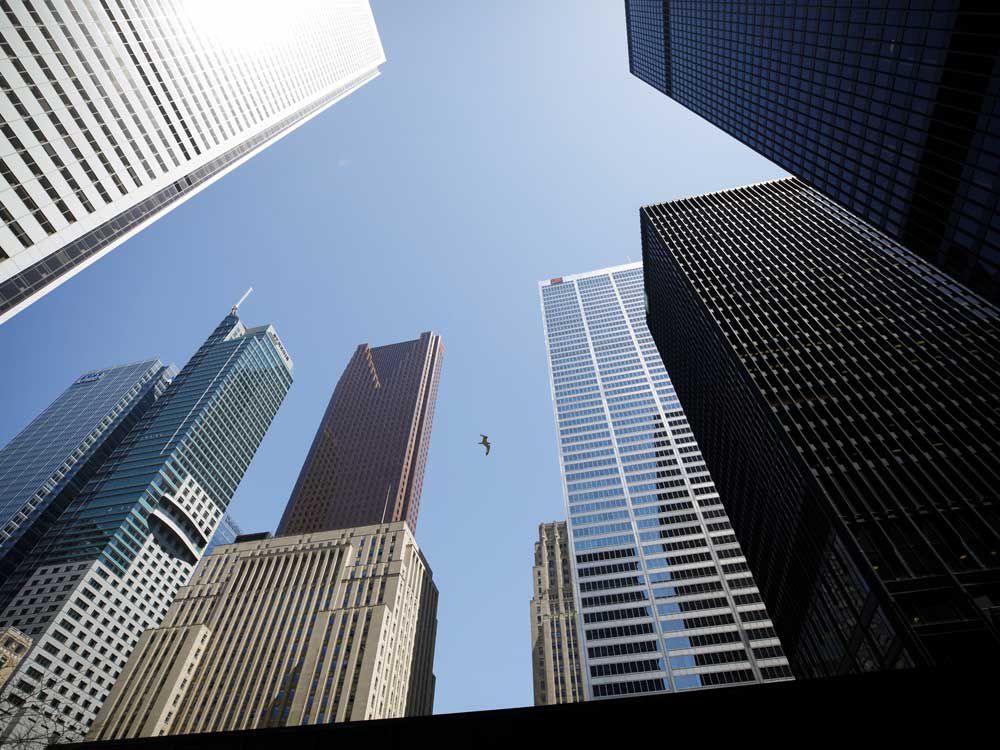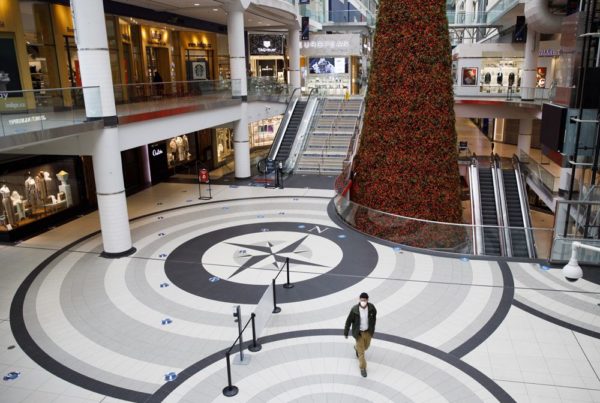Article content continued
Regional data in the U.S. also showed varying levels of decline in office demand. Commercial real estate company CBRE Group Inc. reported that 3.6 million square feet of office space joined the sublease inventory in the Baltimore and Washington, D.C., area in the second and third quarter.
Savills PLC, a brokerage in the U.S., reported that Manhattan had its biggest quarterly gain in new sublease space since the Great Recession. In Orlando, CoStar Group reported 1.2 million square feet of sublease space, the highest amount since 1999.
Overseas, the sublease office inventory jumped by 30 per cent in Australia. CBRE data showed that sublease space was almost two per cent of Australia’s office inventory in the third quarter and that Sydney’s sublease inventory increased by 56 per cent.

In many markets, office vacancy rates in the urban core are growing faster than in suburban markets. In Australia, premium quality office space, often located in the urban core, has accounted for the largest increase in sublease space. Like in the residential market, signs that suburban office space is now preferred are emerging.
A big reason for all this new sublease space is teleworking. Kastle Systems International LLC data showed that a mere 27 per cent of employees visited their workspace in the week ending Nov. 10. Physical attendance was even more sparse in the metropolitan New York and San Francisco areas.
The future of extensive office inventories in the urban core is becoming a growing concern for office landlords and tenants. Many believe, or at least hope, that workers will increasingly return to offices once a vaccine is readily available. The desire to socialize and interact with coworkers will be the pull.
Source link





